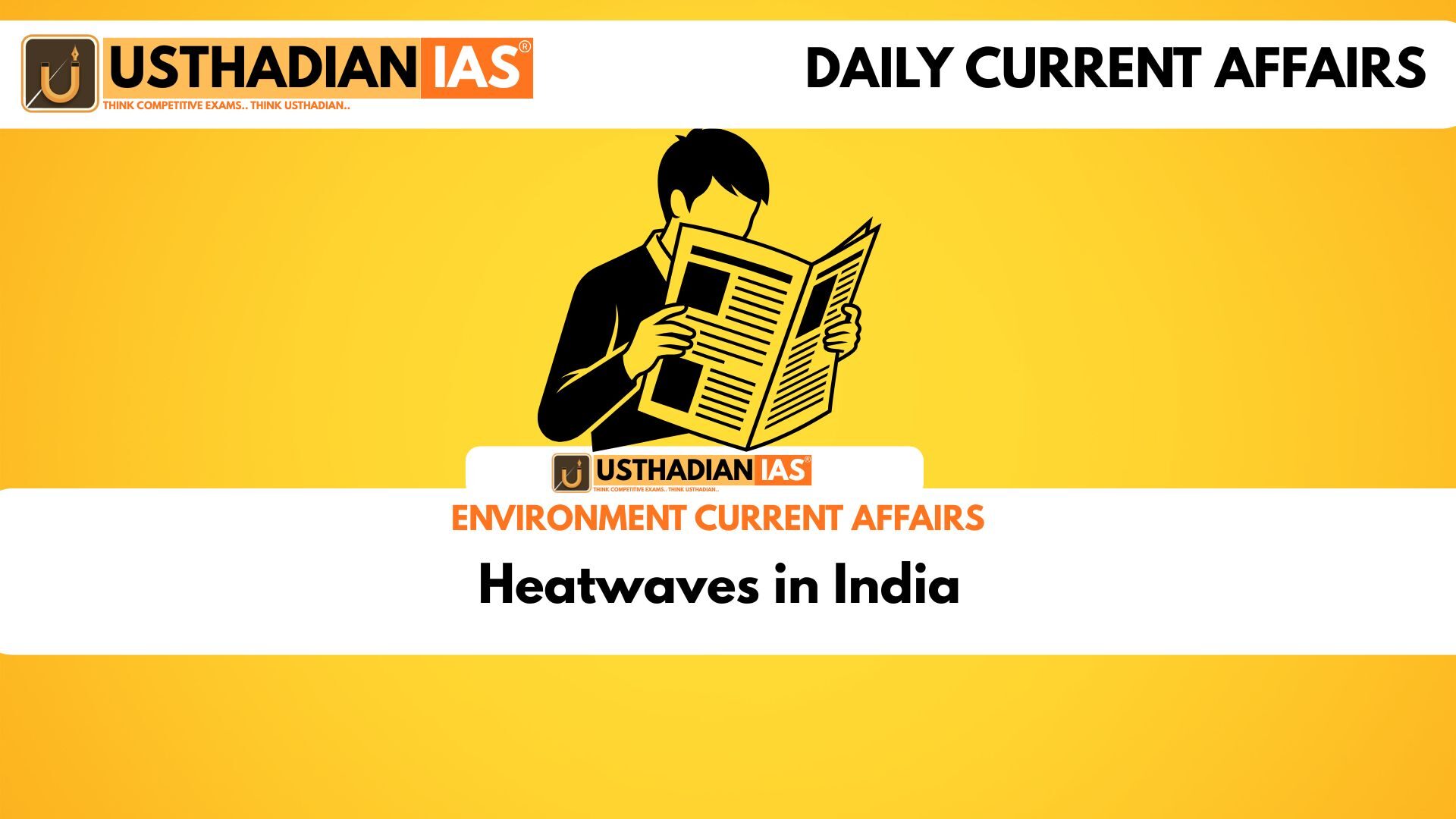Not Just Hot Air, But a Heated Crisis
Heatwaves in India: Heatwaves have become a yearly menace for India. While the early arrival of monsoon this year brought some temporary relief, the broader story is more serious. High temperatures continue to grip regions across the country, especially those with poor infrastructure and dense populations.
India is particularly vulnerable due to its tropical climate. Heatwaves usually occur between March and June, peaking in May. As per recent assessments, over 57% of Indian districts now face high or very high heat risk.
How Heat Hits the Economy?
The real damage goes beyond discomfort—heatwaves burn holes in the economy. The International Labour Organization (ILO) recently revealed that India lost nearly $100 billion from heat-related productivity losses. This is especially harmful to informal workers like farmers, street vendors, and construction labourers.
Here’s a shocking figure: during heatwaves in Delhi, informal sector workers saw their net earnings dip by 40%. That’s not just lost income; it’s lost meals, school fees, and medical care.
Silent Sufferers
In rural India, the impact is multiplied. A simple 1°C rise in temperature reduces wheat yields by 5.2%. That’s a massive hit to India’s food security. Also, livestock suffer heat stress, affecting milk output and animal health, especially in drought-prone areas.
During summers, many farmers temporarily shift to construction or daily wage work, but those sectors offer little protection from heat either.
Cities Get Hotter: Urban Heat Island Effect
Urban areas are facing a unique challenge called the Urban Heat Island Effect. Due to rapid urbanisation and the reduction in green spaces, cities retain more heat than nearby rural regions. Built-up areas in India expanded significantly between 2005 and 2023, making nights warmer and sleep more difficult—especially for those living in slums.
Government Actions and Future Pathways
Thankfully, steps are being taken. The National Disaster Management Authority (NDMA) has created heatwave guidelines for worker safety. Many states have launched Heat Action Plans, which include simple but life-saving ideas like distributing water, setting up shaded rest zones, and promoting urban greening.
Some regions have even tested insurance schemes for heat-impacted workers, ensuring some compensation when outdoor work becomes life-threatening.
The Rural Challenge: Infrastructure and Awareness
Rural India often lacks basic healthcare facilities and heat shelters. This makes villagers, especially the elderly and infants, more vulnerable. Solving this requires not just emergency relief but long-term planning—cool roofs, tree plantations, and public awareness campaigns.
Static Usthadian Current Affairs Table
| Topic | Details |
| Heatwave Peak Season | March to June (mostly in May) |
| Most Affected Regions | Central, Northwest, East & North Peninsular India |
| Districts Under Heat Risk | 57% face high to very high risk |
| Workforce Exposed to Heat | 75% (~380 million people) |
| India’s Economic Loss | $100 billion due to productivity loss (ILO data) |
| Wheat Yield Loss | 1°C rise = 5.2% reduction |
| Urban Heat Island Effect | Cities hotter due to concrete, less green cover |
| Earnings Drop | 40% fall for Delhi’s informal workers during heatwaves |
| Livestock Impact | Health and productivity fall due to rising heat |
| Government Measures | Heat Action Plans, NDMA guidelines |
| Innovative Measures | Worker insurance schemes in heat-affected zones |








